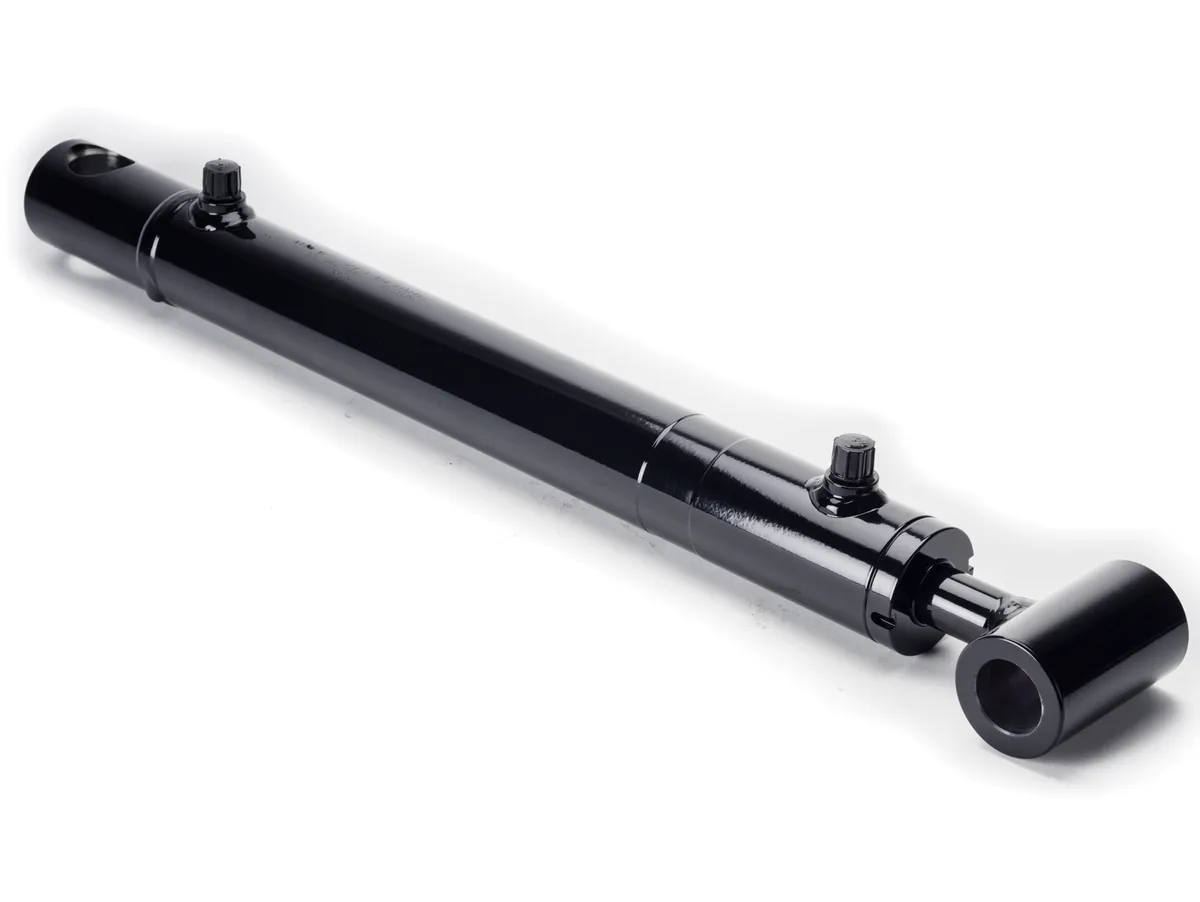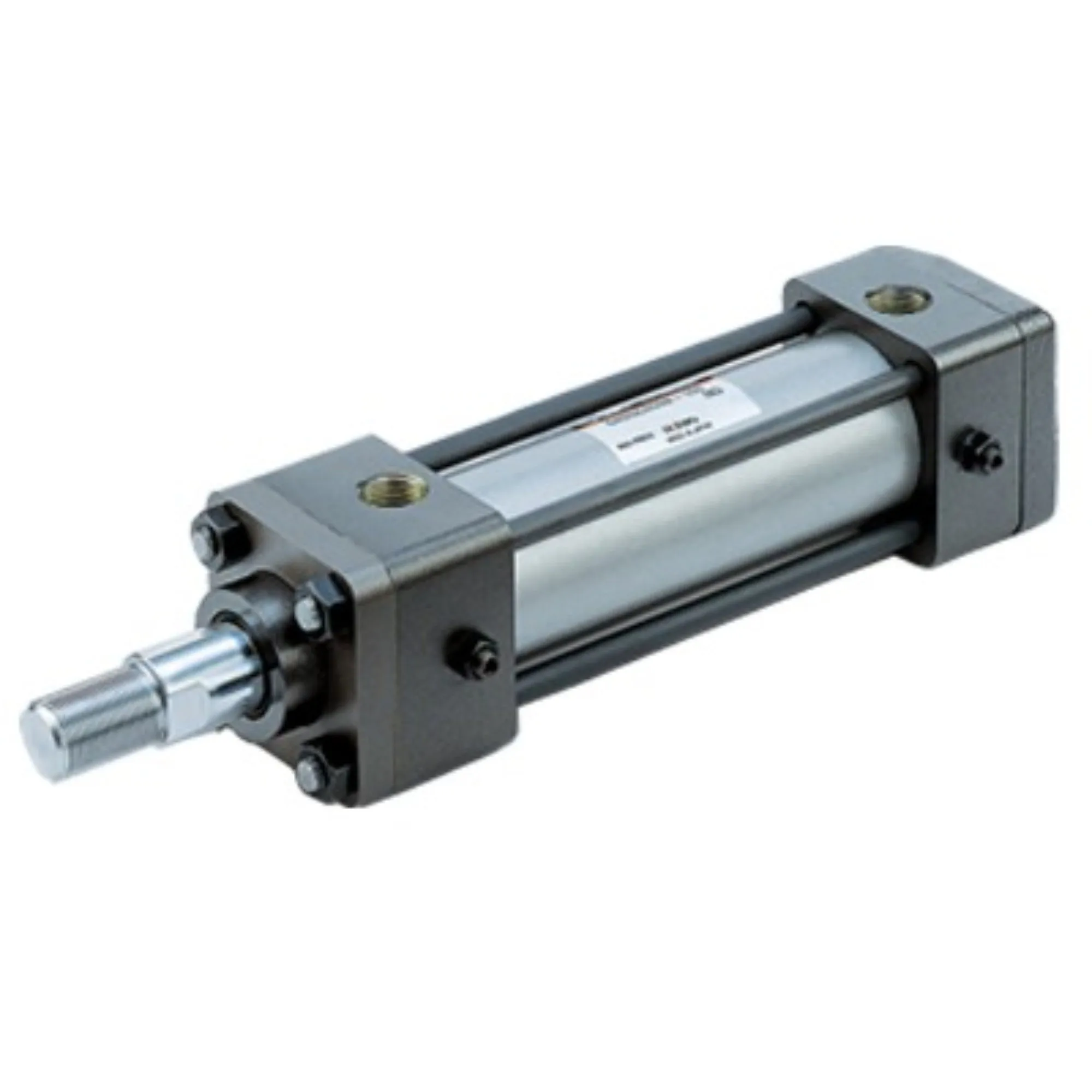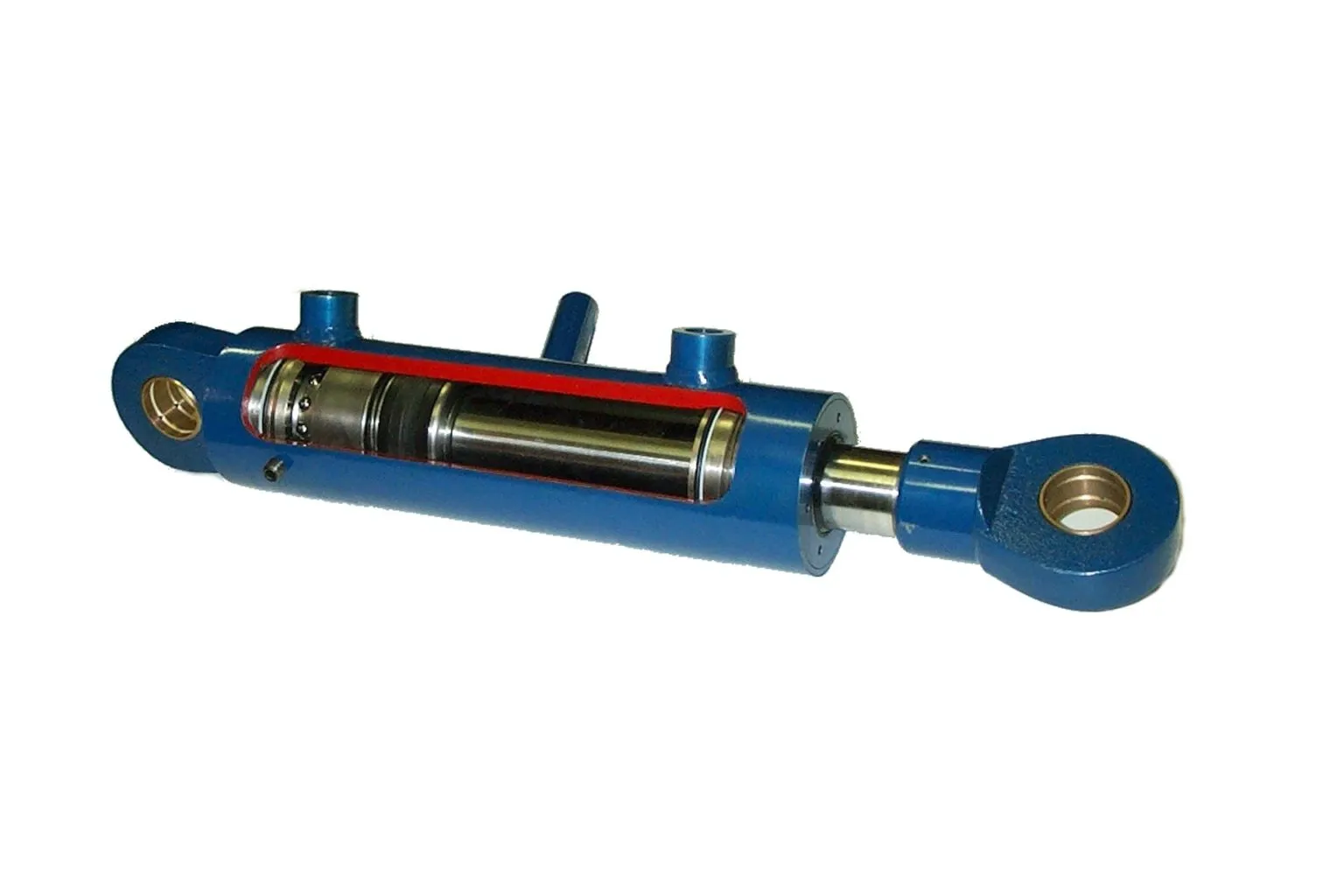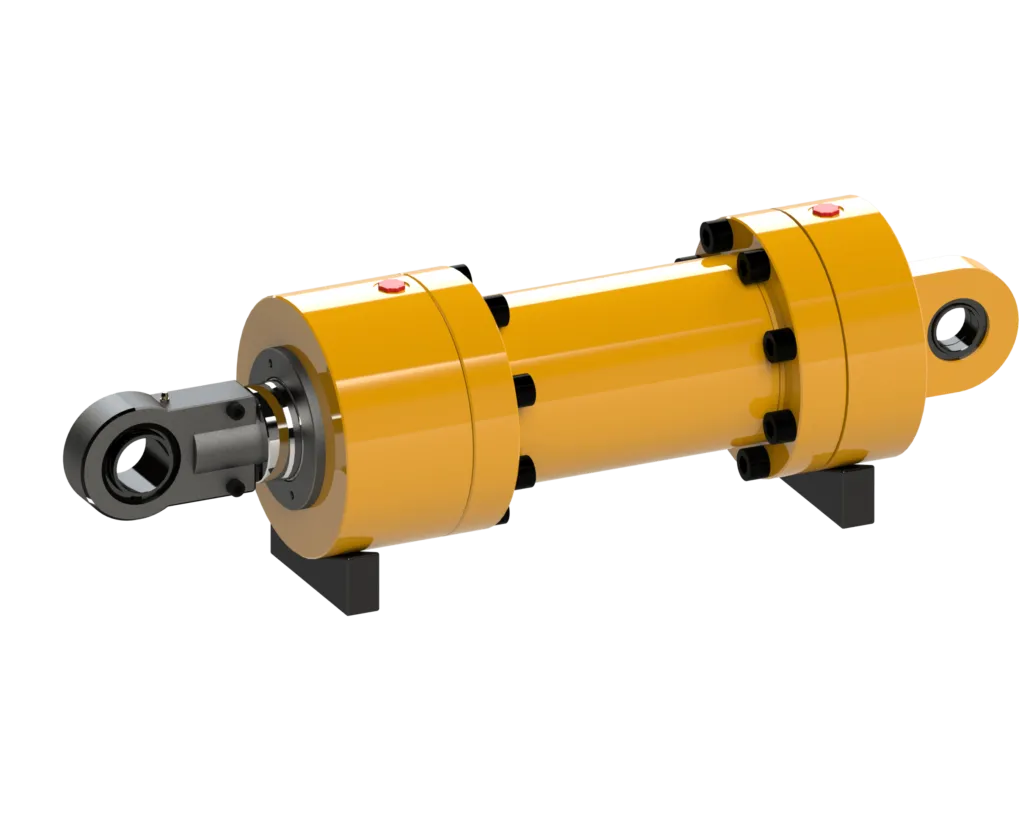Spring-Return Single-Acting Hydraulic Cylinder Maintenance Practices
Expanded Introduction to Spring-Return Single-Acting Hydraulic Cylinder
The spring-return single-acting hydraulic cylinder is a hydraulic cylinder that utilizes hydraulic oil to expand the piston. When the pressure is released, the integrated spring automatically retracts the piston.
Design and Construction Characteristics
The design of a spring-return single-acting hydraulic cylinder involves several key aspects:

- Single-acting structure: The hydraulic oil pressure operates in one direction, with the return dependent on the built-in spring.
- Spring selection: The appropriate spring must be chosen to ensure quick and complete reset after pressure release.
- Sealing design: High-quality sealing materials are crucial to prevent oil leakage and ensure system efficiency and safety.
- Strength and durability: High-strength materials such as steel are used to withstand high pressure and impact.
The assembly process involves precise component alignment, welding, and connection strength, followed by rigorous testing and debugging.
Working Principle
The spring-return single-acting hydraulic cylinder operates by pushing the piston outward with hydraulic oil and retracting it using the spring mechanism.
Types and Configurations
There are three different types of spring-return single-acting hydraulic cylinders, each with unique configurations tailored to specific applications.
Key Benefits
The advantages of using spring-return single-acting hydraulic cylinders include safety, simplicity, cost-effectiveness, flexible operation, and adaptability.
Application Scenarios
These cylinders find use in industrial machinery, automated assembly lines, construction equipment, agricultural machinery, automotive maintenance, and packaging and handling.
Design Considerations and Selection Criteria
Key design considerations include bearing capacity, sealing, durability, safety, and maintainability to ensure optimal performance.
Sealing and Lubrication
The use of high-quality seals and lubrication practices are essential for the proper functioning and longevity of spring-return single-acting hydraulic cylinders.
Regular Inspection and Preventive Maintenance
Implementing regular inspections and maintenance measures can help extend the lifespan and performance of hydraulic cylinders.
Installation Guide
Proper installation of spring-return single-acting hydraulic cylinders is crucial for their efficient and safe operation.

Maintenance Tasks
Regular inspection, lubrication, seal replacement, and calibration are key maintenance tasks that ensure the cylinders operate smoothly.
Safety Considerations and Environmental Factors
Emphasizing safety measures and considering environmental factors are vital when working with hydraulic cylinders.
Unit Power
The unit power of a hydraulic system is influenced by factors such as system pressure, piston area, and spring characteristics.
Optimizing Hydraulic Power Unit
Enhancing the power unit of spring-return single-acting hydraulic cylinders can lead to improved efficiency, energy savings, and enhanced reliability.
FAQs

1. How does the spring mechanism work in this type of cylinder?
2. What are the main applications of spring-return single-acting hydraulic cylinders?
3. What are the advantages of using a spring-return design?
Long-Tail Keywords
1. Hydraulic Cylinder Maintenance Best Practices
2. Spring-Return Hydraulic Cylinder Care Techniques
3. Cylinder Maintenance Guidelines for Efficient Operation
Our Company
We are a leading hydraulic cylinder replacement manufacturer with a comprehensive product line, catering to domestic and international markets. Our company is known for professional services, international certifications, customized solutions, advanced production equipment, and exceptional after-sales support.
Author: lyl

